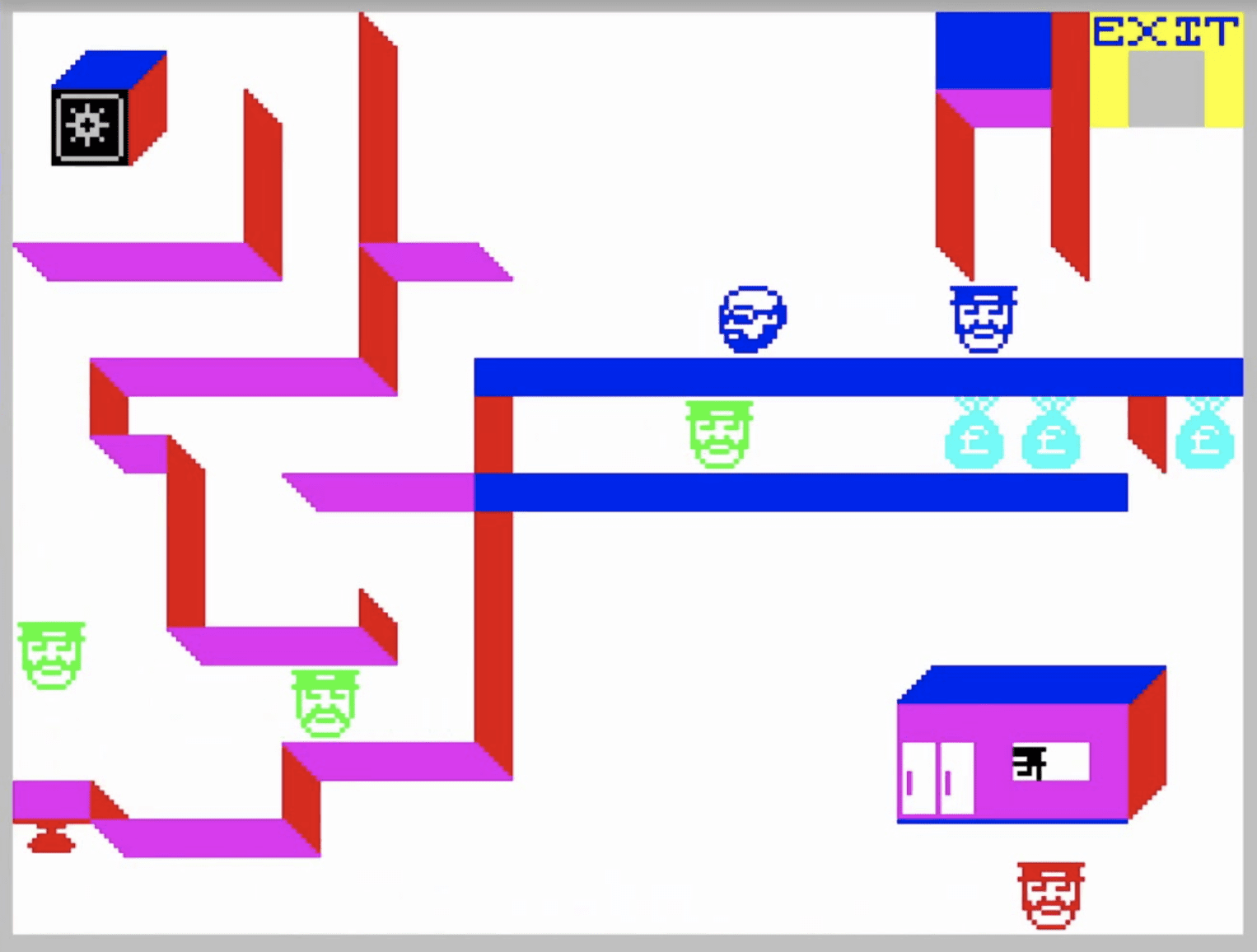
Sir Clive Sinclair’s passing on 16 September marked another ending in the saga of the Great British Inventor – those who pounded away in their sheds and changed the world, the John Logie Bairds and Trevor Baylises and what have you. The idea of the ‘Great Inventor’ is as much an image as it is a reality, of course – this is certainly true in the case of Sir Clive. For all the marketing there was of the Uncle Clive persona in the early 1980s, Sir Clive was more the boss of a skilled research team than he was a solitary man in a shed – but the products that Sinclair made were undoubtedly a product of his own vision and his character, for better or worse. Everything from the great successes like the ZX Spectrum and calculator ranges to the more infamous C5 and Black Watch have the man written all over it in ways that you simply don’t get from products created these days.
Of course, one of the great paradoxes of Sir Clive is how he grew to resent the very creation, the ZX Spectrum, that made him famous and led to his recognition and knighthood – a large amount of that having to do with the cheap computer becoming a platform for playing games more than anything else.
While we may never know if he shouted about being known as the man who brought you “Jet Set F***ing Willy” in the corridors of the Sinclair Building in Cambridge, we can certainly picture it occurring. He could never reconcile the less serious nature of computer games with his expressed intention of creating inexpensive, accessible computers that would teach the people the ability to learn how to code, something he felt was essential for the future – he didn’t give thought to the idea that the Spectrum was succeeding at that, and computer games were what people were largely choosing to make.
Indeed, this was a big reason why he threw himself into less advisable products like the business-geared Sinclair QL – sadly his creative mind was never quite matched by his corporate acumen.
A large part of Sir Clive Sinclair’s legacy can be found in just about every Spectrum game – few software libraries are so tied up with the philosophies of its creator, even beyond games that directly referenced the man, such as A Day In The Life and Revenge of the C5.
The Speccy had a great deal of unique characteristics from the BASIC to the colour clash and the infamous rubber keyboard that coders worked with, often turning them from apparent weaknesses to strengths – and in any Spectrum game, those efforts are very apparent.
Whether you play a classic from the machine’s heyday or any one of the homebrew titles people are releasing on the Speccy to this very day, it’s hard not to think of Sir Clive and his design philosophy – and in this way, his work will always be remembered long after other more modern computers have faded.





